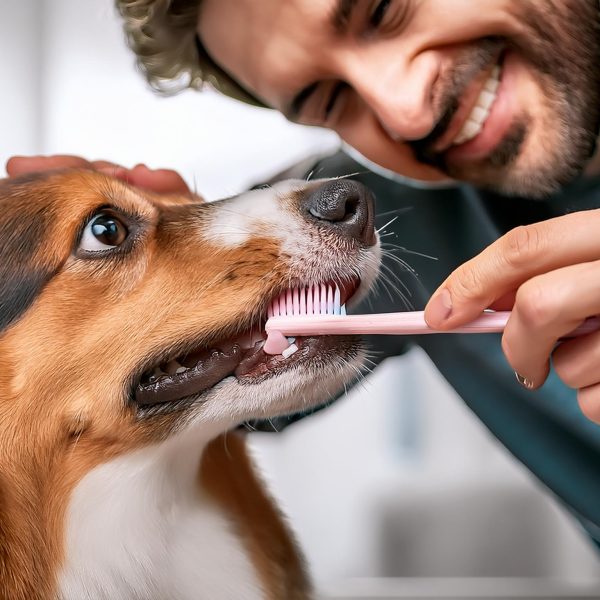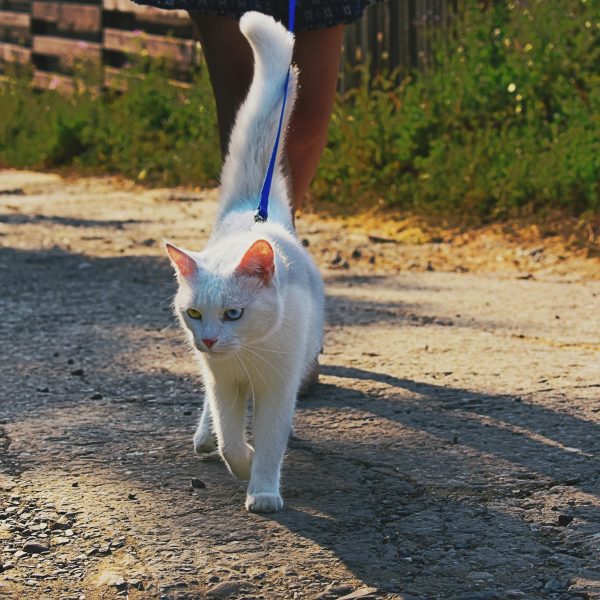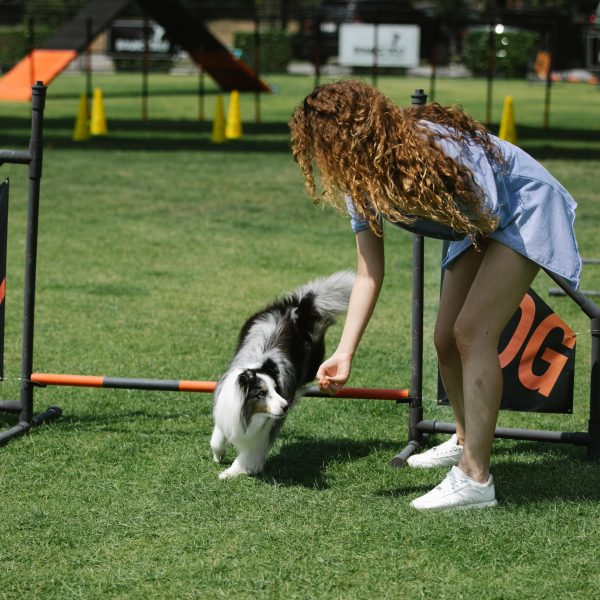Pet ownership is a journey filled with love, companionship, and responsibility that extends beyond the initial stages of welcoming a furry friend into our lives. In recent years, the concept of pet training and enrichment has gained popularity, emphasizing the significance of continuous learning, engagement, and mental stimulation for our beloved animal companions. This approach recognizes that pets, like us humans, thrive when they have opportunities to grow, be enriched, and engage in positive interactions.
The Evolution of Pet Training and Enrichment
Traditionally, pet training was primarily associated with the early stages of a pet’s life – the puppy or kitten months. During this phase, the focus usually revolved around teaching commands and potty training. However, as our understanding of animal behavior and psychology has deepened over time, it has become clear that pets greatly benefit from training and enrichment throughout their lives.
Benefits of Lifelong Training
Lifelong training goes beyond teaching obedience commands; it encompasses an approach that addresses behavioral challenges while enhancing communication between pets and their owners. It also fosters a strong bond between them. One of the key advantages is maintaining desired behaviors as pets grow older.
Just as humans need exercise to stay physically fit, pets also require mental stimulation and reinforcement of desired behaviors from an early age. By positively reinforcing behaviors and continuing to teach them new tricks, we can prevent regression and keep our pets mentally sharp.
Additionally, lifelong training plays a crucial role in addressing issues that may arise due to aging, changes in routine, or new family dynamics. By maintaining open lines of communication and using positive reinforcement as a foundation, pet owners can effectively tackle challenges and create a harmonious environment for both humans and their furry friends.
The Importance of Enrichment
Enrichment is the key to ensuring long-term well-being for our pets. It involves a range of activities that stimulate their senses, intellect, and natural instincts. These activities can include puzzle toys, scent games, interactive feeders, agility exercises, or social interactions with other animals. Enrichment not only prevents boredom but also reduces anxiety by tapping into their innate curiosity.
Enrichment isn’t limited to engagement; mental stimulation is equally important. Teaching pets tricks, exposing them to new experiences, and providing them with problem-solving tasks can help prevent cognitive decline and maintain mental sharpness as they age.
Tailoring Enrichment to Suit Individual Pet Needs
Just as every pet is unique, their enrichment requirements can vary greatly. It is crucial to consider a pet’s breed, temperament, age, and past experiences when designing an enrichment plan that suits them best. Breeds with high energy levels may thrive on engaging in physical activities, while more introverted pets might prefer mentally stimulating games that are calm and peaceful. Similarly, younger and curious pets can benefit from exploration-based enrichment activities, whereas older pets might find comfort in routines.
Incorporating Enrichment into Daily Life
The most effective approach to pet enrichment involves seamlessly integrating it into a pet’s daily routine. Pet owners can effortlessly include enrichment activities during feeding times, walks, play sessions, and even downtime moments. Simple activities like hiding treats around the house for pets to discover or regularly rotating their toys to keep things exciting can make enrichment a natural part of their lives. Additionally, incorporating training exercises into interactions further enhances the experience.
The Human-Pet Connection
Lifelong training and enrichment not only enhance the well-being of our beloved pets but also strengthen the bond between humans and their animal companions. Engaging in shared activities with our pets allows us to learn together while developing an understanding of each other’s cues. This fosters a sense of trust and mutual respect within the human-pet relationship. Building a strong bond with our pets is especially important during times like veterinary visits, traveling, or when they’re adjusting to new environments.
Adapting to Changing Needs
As our pets grow older, their physical and mental abilities change. To ensure their well-being, it’s crucial that our training and enrichment strategies evolve accordingly. For example, older pets may require exercises and modified activities that suit their mobility levels. Additionally, addressing mental decline with exercises can greatly enhance the quality of life for our furry friends as they enter their golden years.
Seeking Professional Guidance
While many pet owners are eager to provide training and enrichment for their pets, seeking guidance can be immensely valuable. Veterinarians, animal behaviorists, and certified trainers have the expertise to offer tailored advice, address specific challenges, and provide training techniques that align with both the pets’ needs and the owners’ lifestyle.
Lifelong Training and Enrichment
Lifelong training and enrichment represent a shift in how we care for our beloved animal companions. It emphasizes that owning a pet is a journey of growth and learning, where both pets and owners evolve together. By embracing this approach, pet owners can create an environment that fosters happiness, mental stimulation, and overall well-being for their companions at every stage of life. By being committed, empathetic, and fostering connections, we can ensure that our beloved pets enjoy lives filled with memorable moments and valuable experiences.








